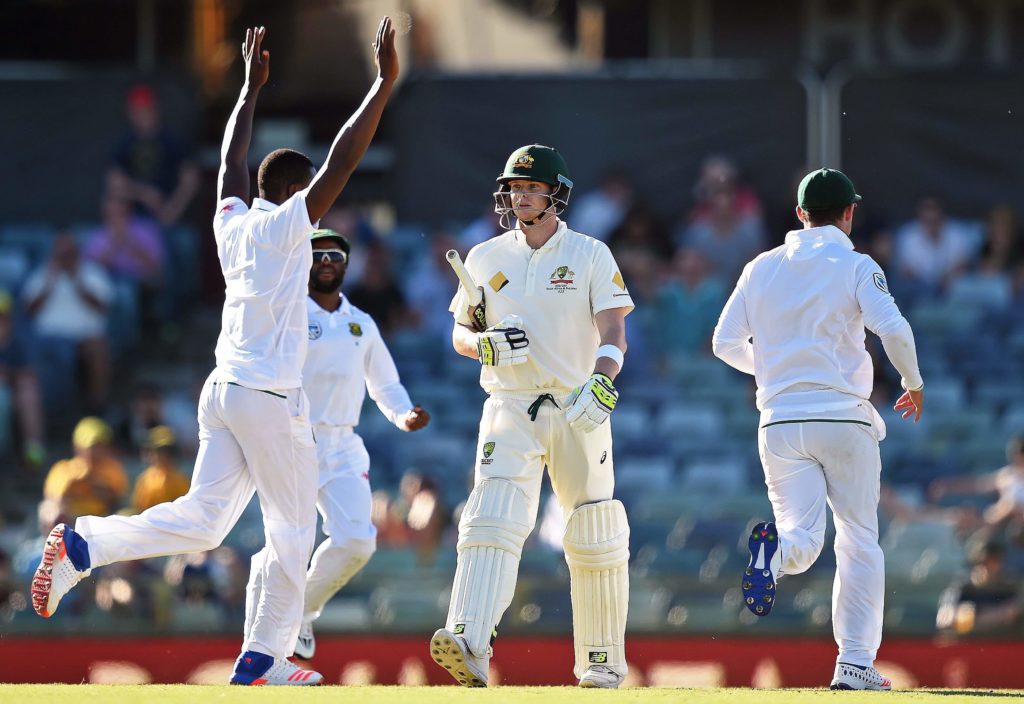With the series against Australia all but confirmed, there are lessons to be learned for the Proteas from India’s bowling strategies against Steve Smith and co, writes SA Cricket magazine editor RYAN VREDE.
After some uncertainty rooted in the Covid-19 pandemic, it now seems increasingly likely that the series will proceed, with the Wanderers and SuperSport Park pencilled in as the host venues. The success of the bio-secure bubble at the Irene Country Club for the duration of the Sri Lanka series has eased some fears Cricket Australia has around the safety of their players and staff. A final decision will be made in the next week but, as it stands, the three-Test tour is set to start in early March.
Australia will arrive here still carrying the mental scars of a series defeat by India, who, despite missing their captain Virat Kohli for three of the four Tests and afflicted with injuries to key players throughout the series, ousted their hosts.
There were many notable features of their tactical approach, but none more so than their persistence in bowling a straighter line and setting stacked leg-side fields, especially against Australia’s elite batsman like Steve Smith and Marnus Labuschagne.
In India’s tour to Australia two years ago the Australia batsmen played just 36% of the deliveries to the leg side, a number that rose by nine percent for the recently concluded series. More tellingly, 36 out of Australia’s 68 dismissals were either bowled, lbw or caught on the leg-side.
India’s bowling coach, Bharat Arun, explained that these plans had been formulated as far back as July, following head coach Ravi Shastri’s instructions that Arun and his team prepare India’s bowlers to bowl this line.
‘When we were discussing the Australia tour, he said that we need to take the off-side out of the Australians,’ Arun explained. ‘So, we had our own analysis and felt that most of the runs that Steven Smith and Marnus Labuschange had scored was off the cut, pull and on the offside. We also took a cue out of the New Zealand attack when they bowled to Steven Smith, where they had attacked his body and he had felt very uncomfortable at that point in time.’
Arun references Neil Wagner’s short-ball strategy to Smith in the Black Caps’ successful 2019-20 series. There were also versions of this plan to openers Joe Burns and Will Pucovski. Smith and Labuschagne’s quality meant they did enjoy some success against this tactic, but those innings were certainly devoid of their usual fluidity.
Herein lies an important learning for the Proteas attack, who, in Kagiso Rabada and Anrich Nortje have fine exponents of speed and bounce, while the likes of Lungi Ngidi, Wiaan Mulder and Lutho Sipamla are no slouches in this regard. Keshav Maharaj’s control is a defining feature, and he would want to mimic Ravi Ashwin’s key role in India’s series victory.
India’s discipline and control, combined with the tactical intelligence to set batters up for straighter deliveries, were essential for their success. This is where the Proteas bowlers will have to excel. They were often too loose against Sri Lanka, but, with the Pakistan series set to start soon, they will have plenty of overs under the belt by the time Australia arrive, and thus should be operating at optimal levels.
Rabada and Nortje will shape the series for South Africa from a bowling perspective. They will be expected to take the key wickets of Smith, Labuschagne and David Warner. When India restricted these players, Australia looked vulnerable. They have yet to settle on a opening partner for Warner, and have a middle order comprised of players who are either out of form, or new to Test cricket, like Cameron Green.
India have handed the Proteas bowlers a successful blueprint. Time will tell whether they have the skill and intelligence to execute it.







